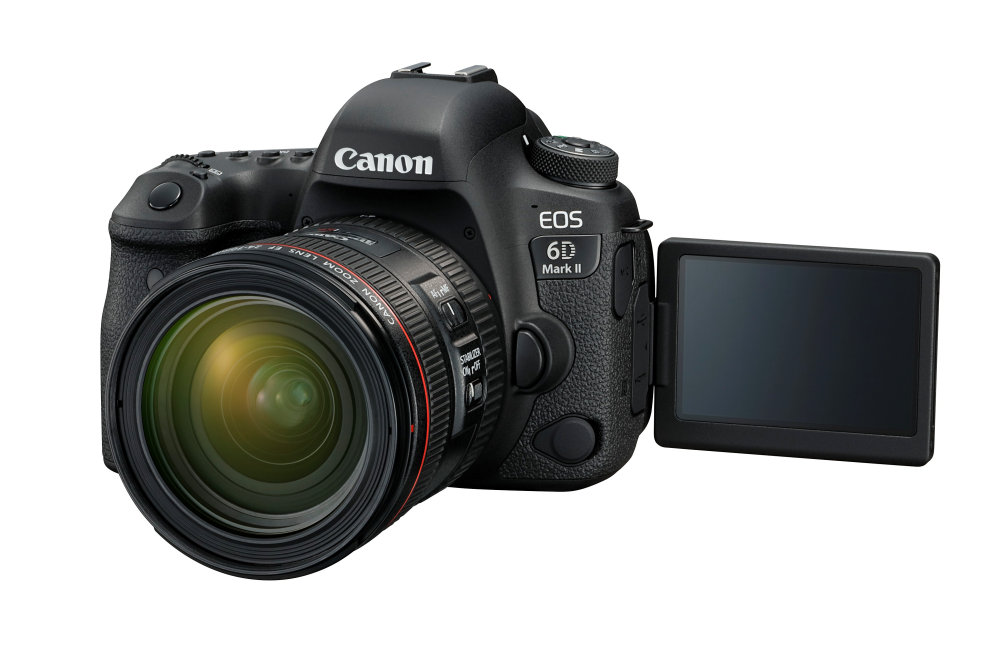
That said, lens selection is still relatively limited for Canon's RF-mount. It also has a great five-axis in-body image stabilization (IBIS) system to help you shoot handheld at slower shutter speeds. That aside, the autofocus system is incredibly effective, and its subject tracking works well even in trickier lighting. Despite the higher resolution, the R6 Mark II still performs incredibly well in low light, with amazing noise handling in dim conditions and high-contrast scenes, and the added resolution gives you a touch more flexibility to crop your photos compared to its predecessor. It offers notable improvements over the Canon EOS R6, including a higher-resolution sensor, an updated autofocus system, and improved video features like uncropped 4k recording at 60 fps. The Canon EOS R6 Mark II is the best camera we've tested for low light. In any case, you're sure to find something to suit your needs. Or, maybe you're just looking for the best cameras we've tested, period. If, on the other hand, you're more interested in other kinds of photography, you can take a look at our best wildlife cameras or best cameras for landscape photography. If you're looking for more general-purpose recommendations, you can also see our list of the best cameras for photography. We've bought and tested over 90 cameras in our lab, and below, you'll find our recommendations for the best low-light cameras. A lens with a wider maximum aperture will let in more light and let you shoot in darker conditions at faster shutter speeds. Above all, consider your own ergonomic preferences, budget, and the kind of lenses you'll use. When shooting handheld, built-in image stabilization might be necessary, allowing you to get clear shots at slower shutter speeds. Of course, when shooting at night with a tripod, you can minimize noise by increasing the exposure time and letting more light hit the sensor.

#Best frame camera on a budget iso#
Thankfully, modern digital cameras have become increasingly efficient at gathering light, with ISO settings climbing higher and higher, as sensors allow for usable images even with low exposure and lower signal-to-noise ratios. While full-frame cameras are typically best, some crop sensor cameras are still very capable in low light and offer advantages like portability and smaller lenses, so it's all about weighing your needs. When it comes to low-light photography, generally speaking, the bigger the sensor, the better.


 0 kommentar(er)
0 kommentar(er)
